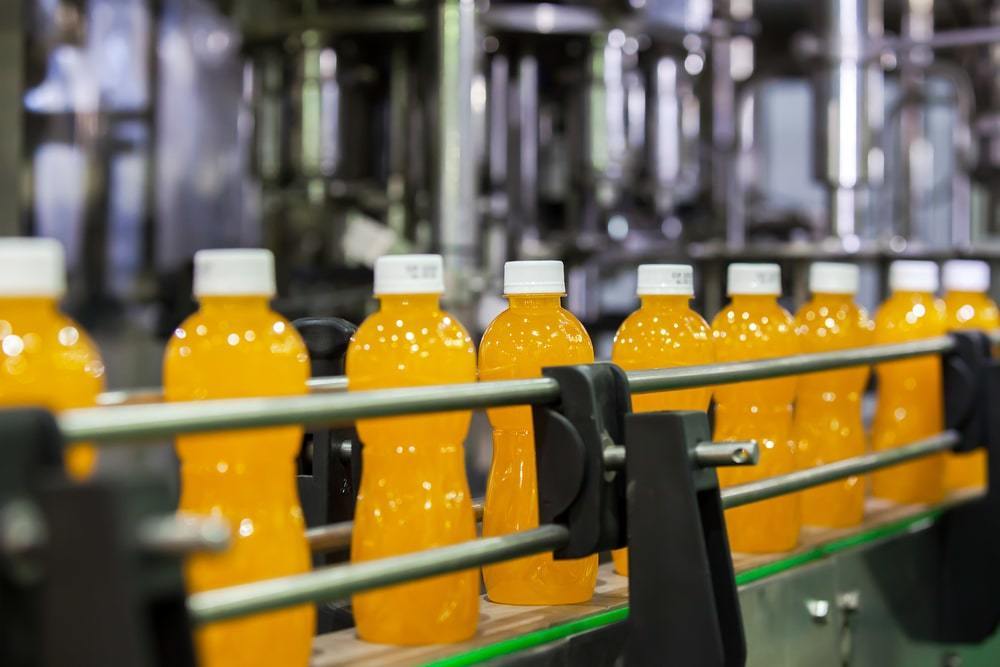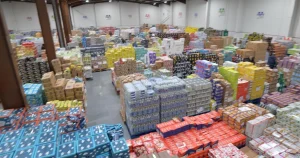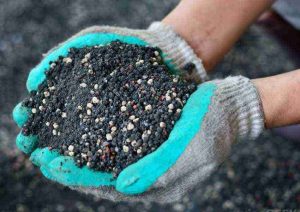A partner of ours in the bottled beverage industry reached out to our M Forum laboratory with an important question:
Is it possible to safely reduce the thickness of stretch film used for pallet wrapping from 23 microns to 17 microns?
Objective
The client’s goal was to lower packaging costs while maintaining load stability and reducing film consumption.
Solution
When designing a new packaging solution, several key factors must be taken into account — the same principles on which modern logistics is built. These are economic efficiency, transport safety, and sustainable development.
Improperly secured loads not only cause product loss but also pose serious risks to human life and health. Moreover, they can lead to delivery delays and unnecessary extra costs.
Our focus is on eliminating the root causes of these problems. That is why the client turned to us — experts with many years of experience — to verify at the M Forum Packaging Technology Center whether these goals could be achieved simultaneously.

Tests
We launched a series of tests to determine whether a safe transition from 23-micron to 17-micron stretch film was feasible.
Using the M Forum’s packaging machines, we replicated the client’s wrapping cycle and wrapped the pallets in the same way.
First, we used a high-stretch 23-micron film to test its ability to ensure proper load stability, measured with professional instruments.
Using the FEF200 testing equipment, we conducted a static load stability test. This test shows how much stabilizing force the stretch film provides at different pallet heights.
Next came a dynamic load stability test, simulating emergency braking, carried out according to UMOS 40509 standards. The test was performed with the specialized InSlide Boomerang device. Here, we examined whether the thinner 17-micron film — of the same quality as before — could secure the load equally well.
We wrapped the pallet under the same conditions and tested identical packaging parameters. The static measurements already showed that the thinner film, despite being of the same quality, provided reduced packaging performance.
A thinner film with identical parameters does not provide sufficient load stability. Stretch film breakage during transport can lead to total cargo loss.
Therefore, we investigated whether a thinner film with special performance characteristics could secure the load as effectively as the traditional 23-micron film.
The pallet was wrapped with a 17-micron film featuring special properties, and we compared the safety profiles of the two tests: one using 23-micron and the other using the 17-micron special film.
Results
Only one variable was changed — the film itself: thinner, but with a specialized design.
The result? Stability without compromise.
We achieved our goals!
- Film consumption reduced from 461 g to 336 g.
- Packaging costs decreased by 15%.
- Load stabilizing force increased while environmental impact decreased.
Thanks to the tests conducted in the M Forum laboratory, our client obtained data that enabled confident and responsible decisions. They saw that it is indeed possible to reduce packaging costs, increase load safety, and minimize environmental impact — all at the same time.
We know exactly what we’re doing.
We test, analyze, and provide reliable data to validate the effectiveness of our solutions.
We don’t just offer film — we deliver a comprehensive solution that meets real customer needs and ensures complete control over every load.
FEF200 Audit Measurement
Péter Gyökér
Packaging Audit Specialist
📞 +36 70 584 2277
✉️ gyoker.peter@manupackaging.hu
If, like our partner, you believe your business could benefit from optimizing packaging processes, please contact us at
📞 +36 30 682 6050 or ✉️ iroda@manupackaging.hu.
Gábor Arató
Would you like me to adapt this English version into a native-level marketing blog style (with smoother flow and SEO optimization for your English site)?



